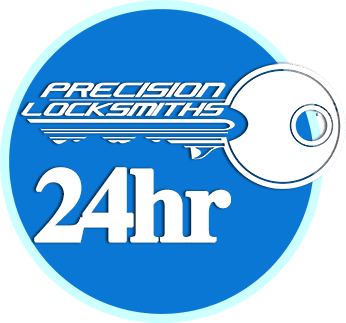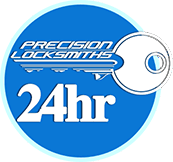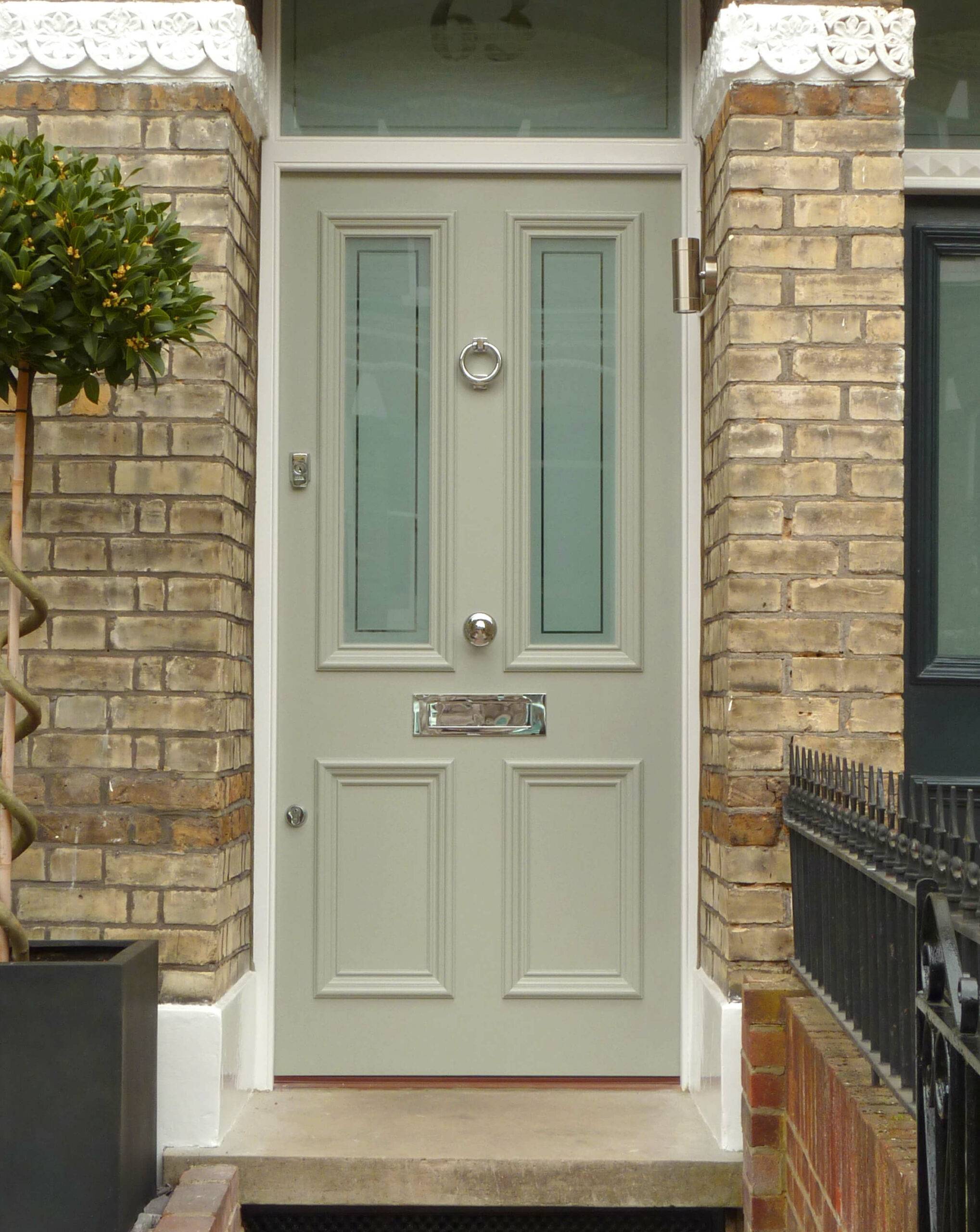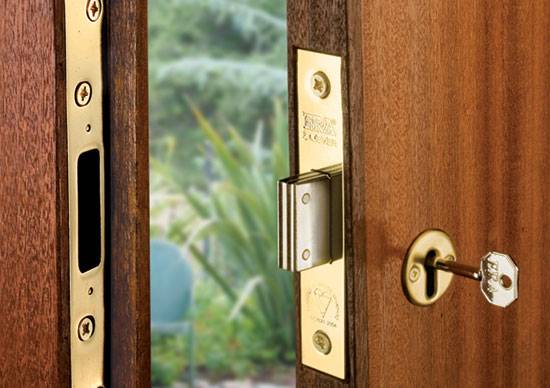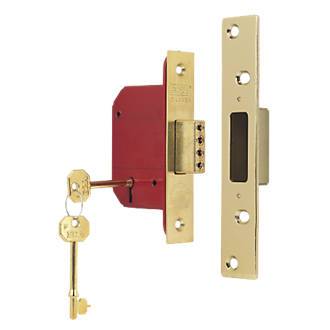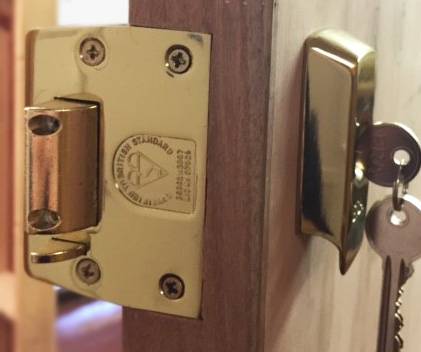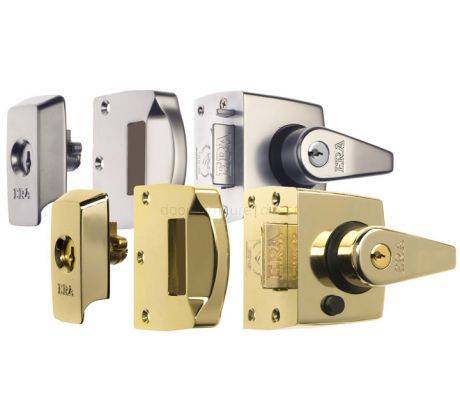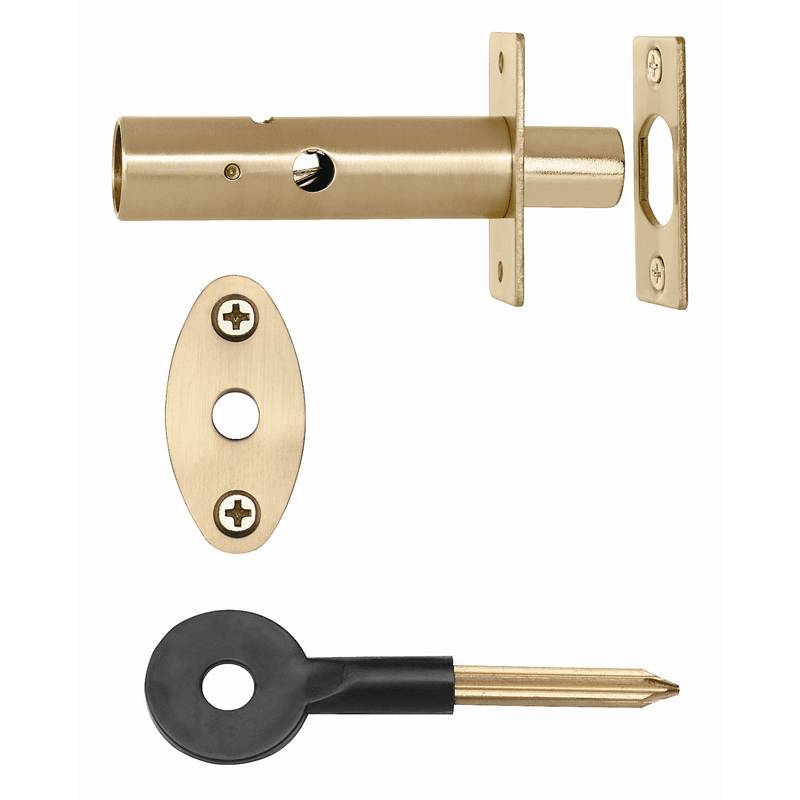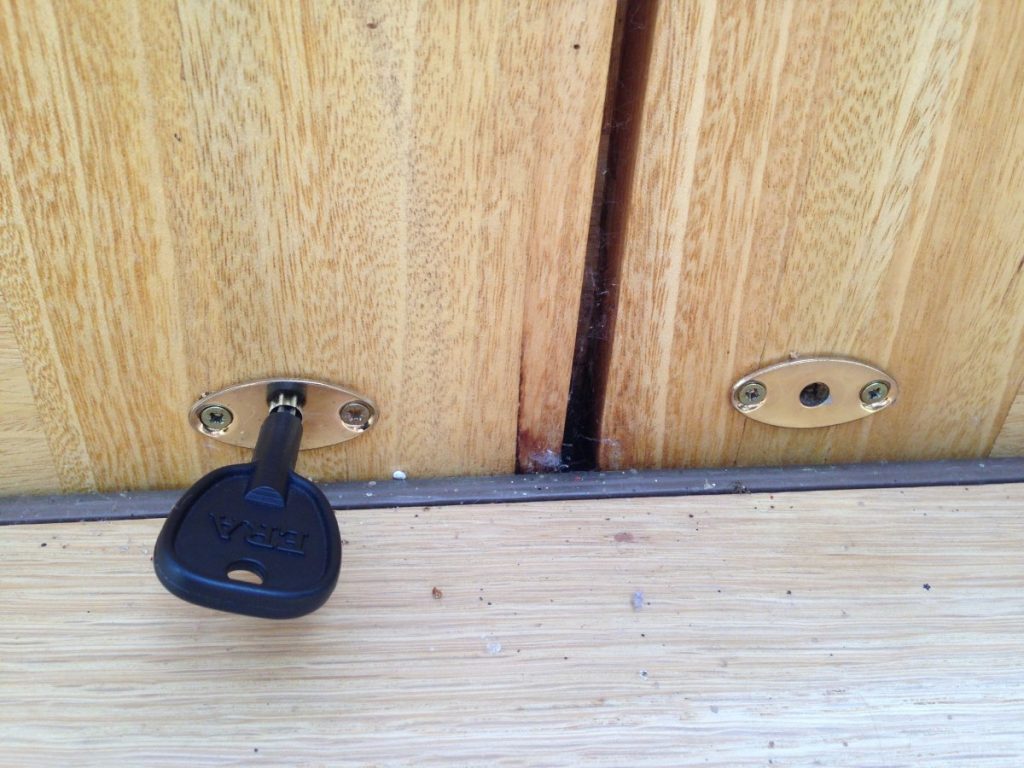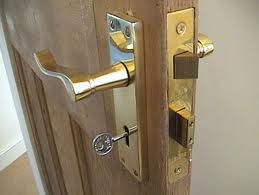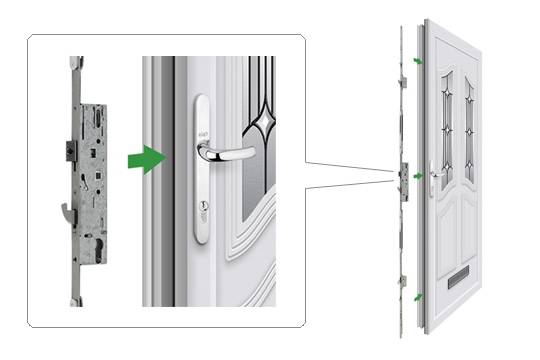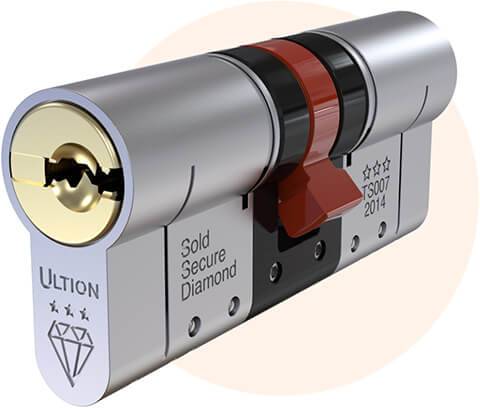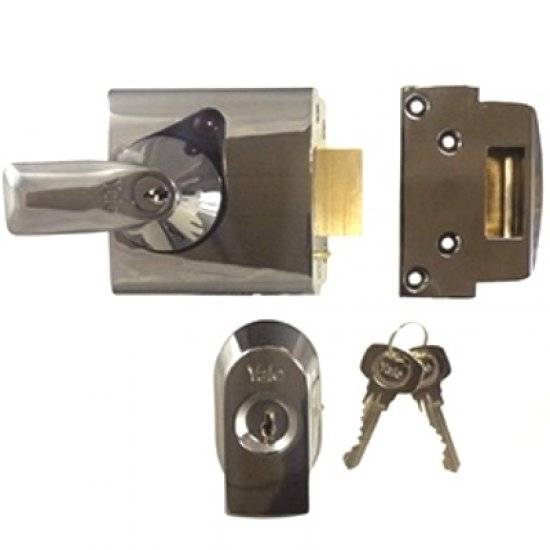Recently I have attended quite a few residential properties as a locksmith which still have wooden doors on them, as opposed to upvc or composite ones. A common theme with many of them is the lack of or inadequate security measures in place. Not only does this make you more vulnerable to a break in but it may also mean that your insurance company may not pay out in the event of a burglary. Many customers are surprised and shocked at how quickly and easily a locksmith is able to gain entry to their home when they are locked out particularly when only a ‘Yale’ type lock is installed.
The following is a typical set of requirements that a home insurance company may request in order for your home to be covered. It is important to note that some higher level policies may require extra measures but for standard home insurance the following is usually the rule. It is always advised to check your policy documents thoroughly.
- A discount is usually allowed if your home is protected to the required standard
- Your property may not be covered unless the required security measures are operational whilst the property is left un attended.
FINAL EXIT DOOR
- Must be fitted with a mortice deadlock/sash-lock with at least 5 levers or is fitted with a lock conforming to BS3621 1998 or higher (see end of article for examples)
FRENCH OR DOUBLE DOORS
- Must be fitted with 2 key operated security bolts/rack bolts at the top and the bottom of the final closing door and if the door is not rebated i.e one door must close before the other, this must be done to both doors.
- The bolts must be fitted vertically so as to enter the top and the bottom of the door frame.
TYPES OF LOCK EXPLAINED
Mortice locks and night latches are the two main type of lock that you will need to be concerned about on your single door final exit. These two locks are commonly refered to as Chubb locks and Yale locks respectively although these are actually just brand names.
A lock conforming to BS3621 will have the ‘Kitemark’ logo stamped on to the lock or packaging
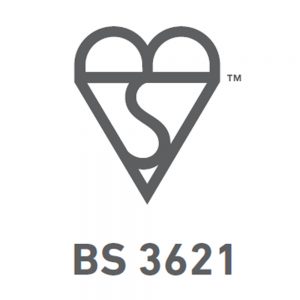
2 Types of Mortice Lock are available and acceptable if conforming to BS3621
- Mortice Sash Lock. This type of mortice lock will have a bolt and a latch and will be operated with a lever type door handle.
- Mortice Dead Lock. Similar to a Sash Lock but with just a bolt and no lever handles required.
Night latches or ‘Yale’ type locks are also acceptable but again only if conforming to BS3621. It is important to note that many night latches are available but only a small amount are British Standard so make sure it shows the kite mark logo.
Bolts for French or Double Doors
- Surface mounted bolt
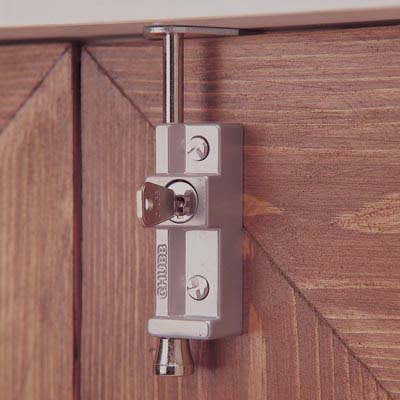
- Rack Bolt
It Is important to remember that these bolts should be fitted with the bolt going into the frame.
Although standard requirements for most insurance companies please always remember to check your individual policy documents
